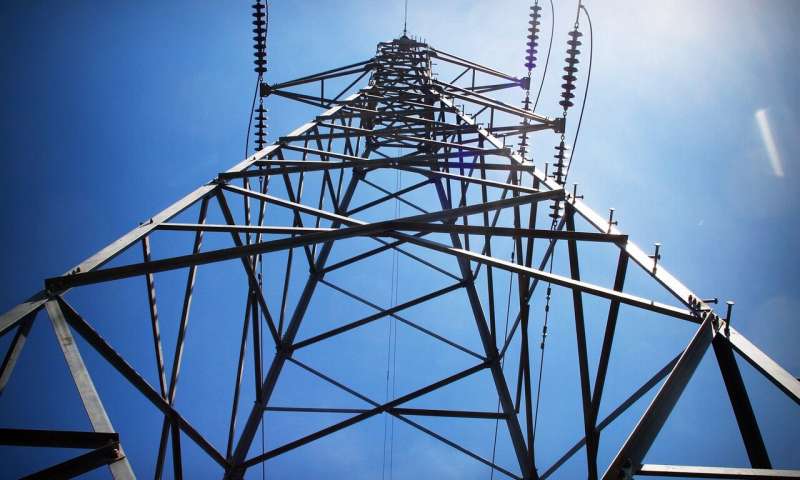
Currently, there are more than 7,300 electricity-producing power plants in the U.S.—that power is carried to businesses and homes by approximately 160,000 miles of power lines. Also, electricity generation accounts for approximately 30 percent of U.S. carbon emissions. But as the authors note, tracking emissions from different parts of the electrical grid is difficult because of the complexity of the grid. One of the complicating factors is the way that electricity is meted out—66 entities called balancing authorities are tasked with ensuring that all customers have a continuous flow of electricity, despite extreme fluctuations in demand.
In this new effort, the researchers accessed publicly available databases that contain information supplied by the balancing authorities related to power production and consumption. They used that data to create a model that tracks emissions throughout the electrical grid, quantifying different types of emissions in different parts of the country. They note that a major factor in calculating the footprint of a given region includes factoring in both local and imported or exported energy. In regions where less electricity is produced than needed, power is imported from other regions that produce more than needed. They further note that such energy transfers are more important for some regions than others—transfers in some parts of the western U.S. play a significant role, for example, where 20 to 40 percent of emissions in an area can go toward producing power for people in other regions.
The researchers suggest their model could be used by regional planners who are working toward reducing emissions—having a better understanding of the actual carbon footprint of a region can help officials and regulators make decisions regarding future power production facilities. It could also be useful for consumers who may want to know where their power originates.